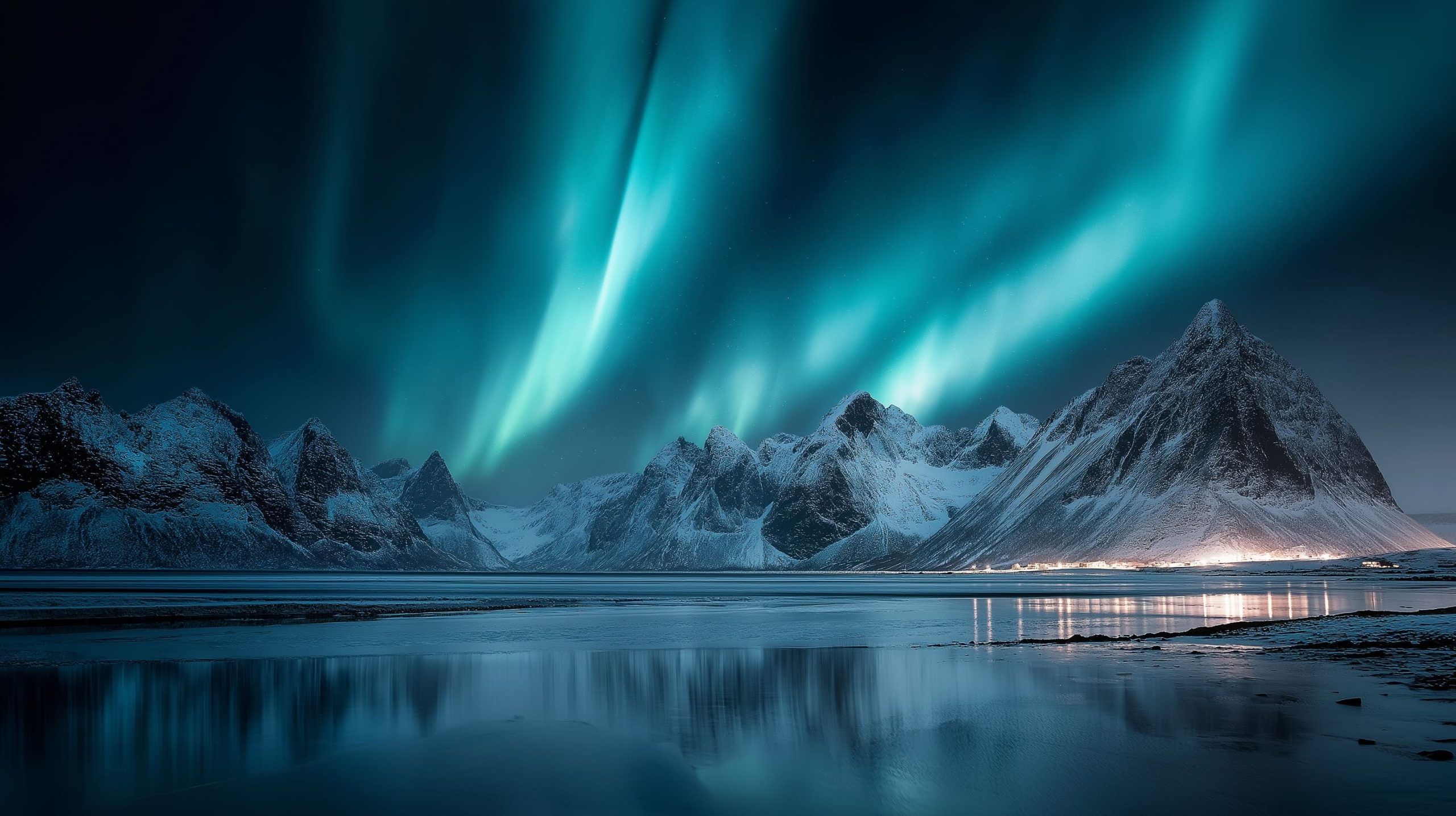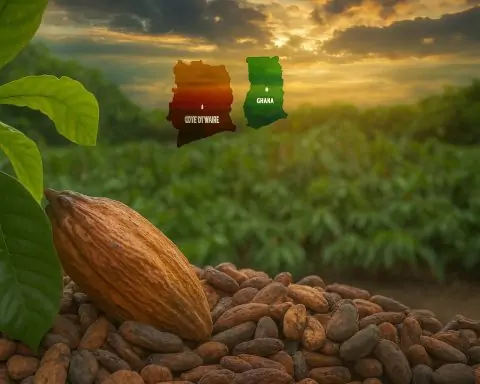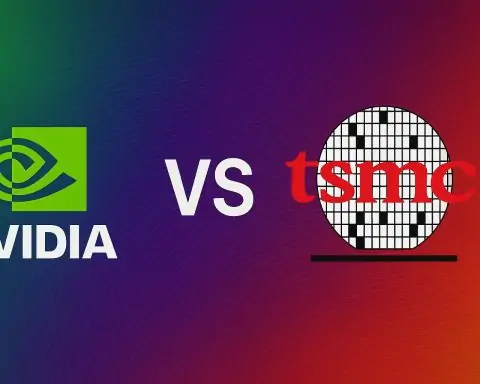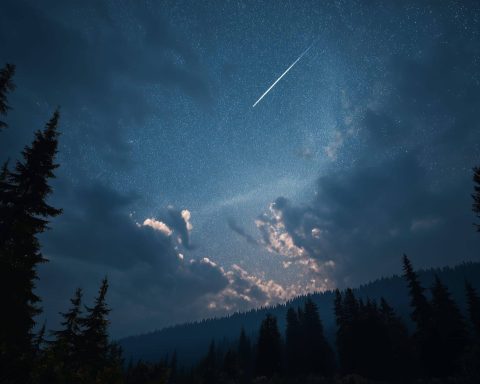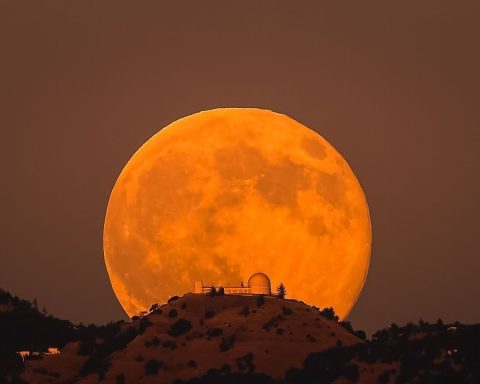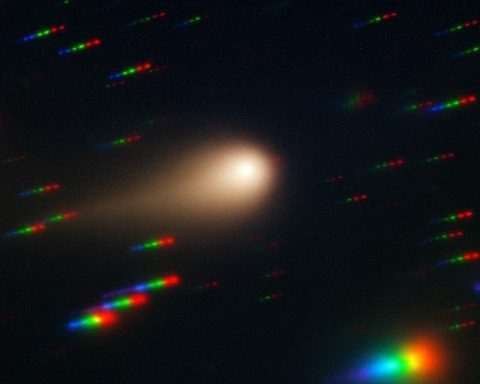- The 24–25 June 2025 event is forecast to reach G1–G2 geomagnetic storming with a peak Kp of 5.67.
- NOAA SWPC’s 3‑Day Forecast issued on 24 June projects storming for 25–26 June.
- Up to 14–15 states could see auroras, from Alaska and Washington to New York and South Dakota.
- A large equatorial coronal hole rotated into the Earth-facing solar disk on 22–23 June, driving a 500 km/s solar wind.
- This fast solar wind is expected to reach Earth about 2–3 days later, triggering G1–G2 storming.
- Aurora Viewline maps place the southern visibility limit through northern Oregon, Idaho, South Dakota, Wisconsin, Michigan, upstate New York and New England.
- For real-time chasing, the 30‑minute OVATION forecast updates every five minutes.
- The best viewing window is around local midnight to 03:00 a.m., when the sky is darkest and magnetically midnight.
- Technological risks include minor power-grid fluctuations at high latitudes, GPS/GNSS errors up to tens of meters, and potential HF radio disturbances.
- NASA solar physicist C. Alex Young confirms the storm source and timing, while NOAA forecaster Bryan Brasher notes aurora visibility can flicker minute‑to‑minute.
A rare alignment of space‑weather ingredients is expected to push shimmering curtains of green, pink and violet as far south as the lower Great Lakes and Pacific Northwest overnight on 24–25 June 2025. NOAA has issued a G1–G2 geomagnetic‑storm watch with the Kp index forecast to peak at 5.67, enough to expand the auroral oval into at least 15 states. Below is a deep‑dive into the science, the forecast maps, expert advice and the potential technological side‑effects of this solar storm.
Key Take‑aways (in one paragraph)
NOAA’s 3‑day outlook calls for minor‑to‑moderate geomagnetic storming (G1–G2) driven by a high‑speed solar‑wind stream from a recurrent, negative‑polarity coronal hole; the greatest Kp is predicted at 5.67 late on 25 June [1]. Space.com and Forbes list 14–15 U.S. states—from Alaska and Washington to New York and South Dakota—where low‑horizon auroras are possible under clear, dark skies [2] [3]. NASA solar physicist C. Alex Young confirms the storm source and timing, while NOAA forecaster Bryan Brasher warns visibility can flicker minute‑by‑minute [4] [5]. Veteran space‑weather coordinator Bill Murtagh notes that Solar Cycle 25 is already outperforming forecasts, meaning mid‑latitude auroras will be “more common for at least another year” [6]. Because high‑speed streams can disturb Earth’s magnetosphere, GPS, HF‑radio and power grids face a low but non‑zero risk of disruption for several hours [7] [8].
1. Geomagnetic Storm Watch: The Latest Numbers
NOAA’s Space Weather Prediction Center (SWPC) issues its flagship “3‑Day Forecast” twice daily. The 12:30 UTC bulletin on 24 June projects “G1–G2 storming likely 25–26 June due to recurrent coronal‑hole high‑speed stream effects,” with a peak Kp of 5.67 late on the 25th [9]. A simultaneous Alert/Warn page places the storm on the official NOAA G‑scale, indicating possible power‑grid fluctuations at high latitudes and minor satellite attitude‑control corrections [10].
SWPC’s experimental Aurora Viewline maps show the southern limit of likely visibility slicing through northern Oregon, Idaho, South Dakota, Wisconsin, Michigan, upstate New York and New England for the coming two nights [11]. For real‑time chasing, the 30‑Minute OVATION forecast updates every five minutes [12].
2. Where and When to Look
Probable states tonight (ordered north‑to‑south): Alaska, Washington, Oregon, Idaho, Montana, North Dakota, South Dakota, Minnesota, Wisconsin, Michigan, Maine, Vermont, New Hampshire, New York, plus pockets of northern Wyoming [13].
- Best window: around local midnight to 03:00 a.m., when the geomagnetic field is “magnetically midnight” and human light pollution is lowest [14].
- Horizon check: If you’re below about 47° N latitude, aim for an unobstructed north‑facing skyline; auroras may hug the horizon first before climbing overhead.
- Weather caveats: ABC News flags patchy cloud decks over parts of the Upper Midwest that could blunt visibility despite strong activity [15].
3. The Solar Trigger: Coronal Hole High‑Speed Stream
A large, equatorial coronal hole rotated into the Earth‑facing solar disk on 22–23 June. Coronal holes are cooler, less‑dense regions with open magnetic field lines that let 500‑km s⁻¹ solar wind escape unimpeded [16] [17]. That fast wind is striking Earth’s magnetosphere roughly 2–3 days later, compressing it and injecting energy that lights up the ionosphere.
EarthSky notes that “a stronger high‑speed stream is expected to arrive in the early hours of 25 June, triggering G1–G2 storming” [18]. Space.com echoes the same driver, adding that the Kp index is forecast to crest near 5.67, a solid moderate storm [19].
4. Expert Voices
- “It’s important to note that aurora visibility can vary rapidly, sometimes appearing and fading within minutes, depending on fluctuations in solar wind and Earth’s magnetosphere,” says Bryan Brasher, NOAA forecaster [20].
- “Previous solar cycles have produced storms more intense than May’s, so space forecasters are keeping a close eye on the Sun to prepare for any major disruptions,” stresses Bill Murtagh, SWPC program coordinator [21].
- NASA solar astrophysicist C. Alex Young confirms that the incoming stream makes “G1 to G2 (minor to moderate) geomagnetic storms possible overnight tonight and into tomorrow” [22].
- Norwegian solar physicist Pål Brekke reminds chasers that “peak auroral activity actually occurs a few years after solar maximum… so 2026–2027 should be great for hunting the northern lights” [23].
5. Why Mid‑Latitude Auroras Are Becoming Common
Solar Cycle 25 unexpectedly leapt ahead of early forecasts and may peak earlier, yielding the most vigorous solar‑storm environment since 2003 [24]. Coronal holes proliferate during the declining phase, overlapping with flare‑rich periods, which McIntosh calls the “complex Hale cycle overlap”—a recipe for frequent Kp 5–7 storms over the next two years [25]. National Geographic notes that May 2024’s G5 event was possibly the strongest aurora display in half a millennium and foreshadows more mid‑latitude shows this cycle [26].
6. Possible Impacts on Technology
- Power grids: Minor induced currents at high latitudes; operators receive SWPC bulletins to adjust load if needed [27].
- GPS & GNSS: Short‑term positioning errors of up to tens of meters during peak Kp intervals, mainly above 50° N.
- HF & aviation radio: Brief blackouts on sun‑lit paths possible if an accompanying radio burst occurs, though none is forecast so far [28].
- Satellites: Drag increases by a few percent at 400 km altitude; operators may tweak attitude orbits.
7. Practical Viewing Tips
- Get north and get dark. Use DarkSky‑certified parks or any rural site at least 20 mi from city glare.
- Check real‑time data. The NOAA OVATION and 3‑hour Kp products refresh constantly; Kp ≥ 5 is a practical threshold for mid‑latitude hopes [29].
- Photograph in RAW. A DSLR or modern phone on a tripod at ISO 800–3200, 5‑15 s exposure captures color the eye can’t see.
- Stay flexible. As Brasher notes, “auroras can flicker minute‑by‑minute” —avoid packing up after a quiet 15 minutes [30].
8. Live Resources & Further Reading
- NOAA Aurora Dashboard (animated 30‑min forecast) [31]
- Experimental Viewline Maps (tonight & tomorrow) [32]
- EarthSky Sun‑News Blog (daily solar updates) [33]
- Space.com Aurora Tracker (state‑by‑state updates) [34]
- ABC News “Where and How to Watch” primer (cloud cover & safety) [35]
- LiveScience deep dive on post‑maximum aurora trends [36]
Bottom Line
If you live in or north of the listed states, have clear skies and a dark northern horizon, tonight may be your best chance this year to witness the aurora borealis without leaving the Lower 48. Pack a thermos, charge your camera, and keep an eye on the Kp index—Mother Nature is about to turn the sky into a light show.
References
1. services.swpc.noaa.gov, 2. www.space.com, 3. www.forbes.com, 4. earthsky.org, 5. abcnews.go.com, 6. www.cp24.com, 7. www.beaumontenterprise.com, 8. www.nationalgeographic.com, 9. services.swpc.noaa.gov, 10. www.swpc.noaa.gov, 11. www.swpc.noaa.gov, 12. www.swpc.noaa.gov, 13. www.space.com, 14. www.space.com, 15. abcnews.go.com, 16. earthsky.org, 17. www.beaumontenterprise.com, 18. earthsky.org, 19. www.space.com, 20. abcnews.go.com, 21. www.cp24.com, 22. earthsky.org, 23. www.livescience.com, 24. www.nationalgeographic.com, 25. www.livescience.com, 26. www.nationalgeographic.com, 27. www.beaumontenterprise.com, 28. services.swpc.noaa.gov, 29. www.swpc.noaa.gov, 30. abcnews.go.com, 31. www.swpc.noaa.gov, 32. www.swpc.noaa.gov, 33. earthsky.org, 34. www.space.com, 35. abcnews.go.com, 36. www.livescience.com
